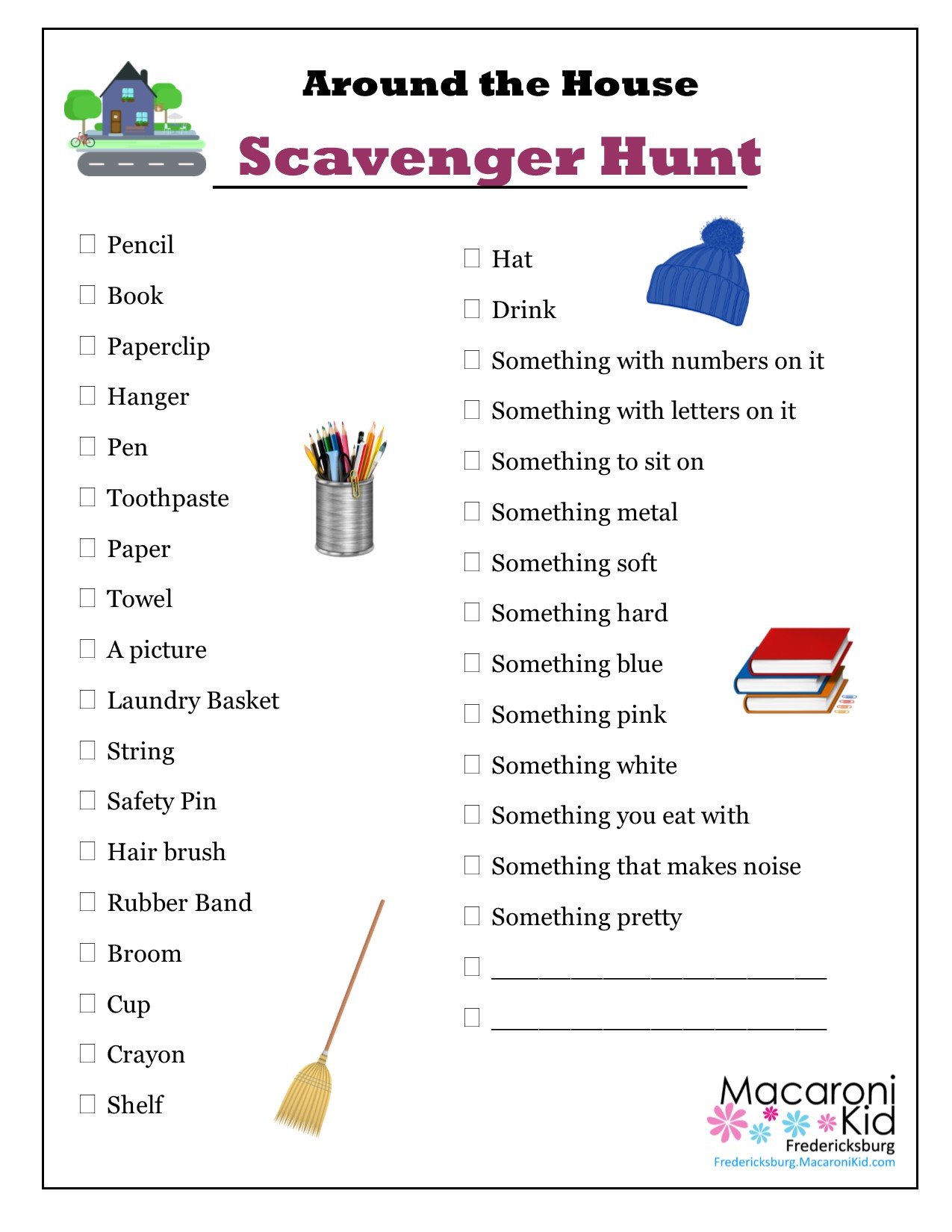What makes a scavenger hunt more than just a childhood game? The power of a scavenger hunt lies in its adaptability. It can be a lighthearted pastime, a fundraising tool, a team-building exercise, or even, tragically, a dangerous ritual. From classrooms to corporate offices, from birthday parties to fraternity pledges, the scavenger hunt takes on many forms, each with its own set of rules and implications.
The fundamental structure of a scavenger hunt remains consistent: a list of items to collect or tasks to complete, and the thrill of the chase. But the details are where the magic happens. A simple list of household objects can entertain children for an afternoon, while a complex series of clues and riddles can challenge even the most astute adults. The hunt can be a solo endeavor, a team effort, or a combination of both, fostering collaboration and friendly competition.
| Topic | Scavenger Hunts |
|---|---|
| Description | Activities involving the collection of items or completion of tasks based on a predetermined list. Variations include treasure hunts (clue-based), photo scavenger hunts, and themed hunts. |
| Applications | Recreational activities, educational tools, fundraising events, team-building exercises, fraternity/sorority pledging activities. |
| Benefits | Promotes teamwork, problem-solving skills, exploration, and engagement. Can be adapted for various age groups and settings. |
| Risks | Potential for hazing and dangerous activities, particularly in unsupervised or high-pressure environments. Requires careful planning and consideration of safety guidelines. |
| Reference | Wikipedia: Scavenger Hunt |
Consider the versatility. A school-wide scavenger hunt during Red Ribbon Week, with hidden red ribbons scattered across the campus, transforms a simple awareness campaign into an engaging activity. A bike scavenger hunt through city streets becomes a dynamic way to explore local landmarks and raise funds for a cause. Indoors, a scavenger hunt can enliven an office party or a family gathering, requiring no special equipment or elaborate setup. The possibilities are limited only by imagination.
But the same flexibility that makes the scavenger hunt so appealing can also make it problematic. The line between harmless fun and harmful hazing can blur, especially in the context of fraternity and sorority pledging. A scavenger hunt designed to build camaraderie can quickly devolve into a dangerous exercise, fueled by peer pressure and the desire to impress. The tragic deaths of Yale students following a scavenger hunt in 2011 serve as a stark reminder of the potential consequences of unchecked enthusiasm and inadequate supervision.
The debate surrounding pledge scavenger hunts often centers on the definition of hazing. Some argue that scavenger hunts, in and of themselves, are not inherently hazardous. Others point to the potential for coercion, humiliation, and risky behavior, arguing that the very structure of a pledge scavenger hunt creates an environment ripe for abuse.
The challenge, then, is to harness the positive aspects of the scavenger hunt while mitigating the risks. Careful planning, clear guidelines, and adult supervision are essential. Themes like pirates, Harry Potter, or outdoor adventures can add an element of fun and excitement without resorting to dangerous or degrading tasks. Photo scavenger hunts, with a focus on creativity and teamwork, can be a particularly effective way to build bonds within a group.
Digital scavenger hunts, increasingly popular for compliance and ethics training, offer a safe and engaging way to learn complex information. By posing questions related to codes of conduct and company policies, these hunts transform mundane training materials into an interactive experience.
From simple lists of household items to intricate clue-based adventures, the scavenger hunt continues to evolve. Its enduring appeal lies in its adaptability, its ability to entertain and educate, to build bonds and spark creativity. But it is crucial to remember that even the simplest scavenger hunt can have unintended consequences. By prioritizing safety, responsible planning, and thoughtful execution, we can ensure that the scavenger hunt remains a source of enjoyment and not a path to harm.
Whether it's a child searching for hidden toys or a team of adults navigating a complex puzzle, the thrill of the hunt remains a powerful motivator. It's a reminder that sometimes, the greatest treasures are not the items themselves, but the journey taken to find them. And the memories made along the way.


